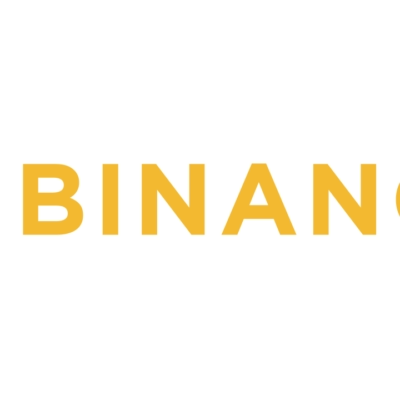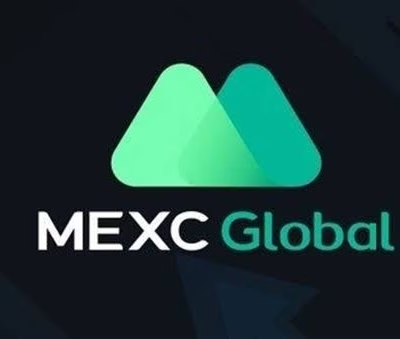The GENIUS Act Sets the Stage for a New Era of Institutional Stablecoin Adoption
The U.S. stablecoin market has seen a dramatic surge of nearly $4 billion in just one week, following the enactment of the groundbreaking GENIUS Act. The total market capitalization of stablecoins now exceeds $264 billion, signaling a growing interest among financial institutions in regulated digital dollar products.
A Clear Framework Unlocks Growth
The GENIUS Act, recently passed into law, offers the first comprehensive federal regulatory framework for fiat-backed stablecoins. The legislation provides legal clarity for banks, asset managers, and other institutions to participate in the stablecoin sector without the fear of enforcement from the Securities and Exchange Commission (SEC).
This regulatory certainty has already begun to reshape the landscape. New capital is flowing in, competition is intensifying, and traditional financial players are quickly moving to establish a presence in this evolving space.
In a May interview with Yahoo Finance, Coinbase CEO Brian Armstrong welcomed the growing involvement of banks in the stablecoin market, stating, “I think everybody should be able to create stablecoins.” That sentiment appears to be echoed across Wall Street, as both new and established players mobilize in response to the GENIUS Act.
Stablecoin Categories and Market Dominance
Stablecoins are not monolithic. They fall into four primary categories: fiat-backed, crypto-backed, algorithmic, and commodity-backed. Each type employs a different mechanism to maintain price stability, usually pegged to a fiat currency like the U.S. dollar.
Fiat-backed stablecoins dominate the market, accounting for approximately 85% of the total supply. These tokens are backed 1:1 by cash or cash equivalents such as U.S. Treasurys. Under the GENIUS Act, issuers of fiat-backed stablecoins must meet strict compliance requirements, including full reserve backing, third-party audits, and proper licensing.
The two leading fiat-backed stablecoins, Tether’s USDT and Circle’s USDC, have a combined market capitalization of over $227 billion. These tokens now fall directly under the purview of the GENIUS Act’s new regulatory rules.
Crypto-backed stablecoins, such as DAI, maintain their value using overcollateralized crypto assets like ETH or wrapped Bitcoin. DAI currently holds a market cap of around $4.35 billion, according to data from DefiLlama.
The GENIUS Act takes a cautious stance toward algorithmic stablecoins, which adjust supply programmatically to maintain their peg. These tokens suffered a major reputational blow following the collapse of the Terra ecosystem, and are expected to be addressed in separate legislation.
Commodity-backed stablecoins, such as Pax Gold (PAXG), are backed by physical assets like gold. Though they offer potential as inflation hedges, adoption has been limited due to liquidity challenges and custodial complexities. PAXG, for example, has a market cap of just under $1 billion.
Institutional Adoption Accelerates
The GENIUS Act, signed into law on July 18, has already catalyzed a wave of institutional announcements.
On July 23, Anchorage Digital, the first federally chartered crypto bank in the U.S., unveiled a stablecoin issuance platform in partnership with Ethena Labs. This initiative will bring USDtb, a fiat-backed stablecoin, under full U.S. regulatory compliance via the GENIUS Act framework.
That same day, WisdomTree, a major Wall Street asset manager, launched USDW, a dollar-backed stablecoin aimed at powering dividend-paying tokenized assets. The product is fully compliant with GENIUS Act standards, making WisdomTree one of the first asset managers to formally enter the regulated stablecoin space.
Other major financial institutions are also preparing to join. Just two days before the GENIUS Act was signed, Bank of America CEO Brian Moynihan publicly stated that the bank is exploring stablecoin issuance, pending full alignment with the new law. Earlier in July, JPMorgan and Citigroup confirmed they are also actively planning stablecoin products.
What Comes Next?
The GENIUS Act has fundamentally changed the trajectory of the U.S. stablecoin market. With a federal regulatory structure in place, institutional participation is expected to grow rapidly, leading to greater legitimacy, innovation, and market depth.
However, questions remain about how the SEC and other agencies will coordinate enforcement, how state-level regulations may interact with the federal framework, and how international markets will respond.
For now, one thing is clear: stablecoins are entering a new era, and the GENIUS Act has positioned the U.S. at the forefront of this transformation.












